All reports
Report
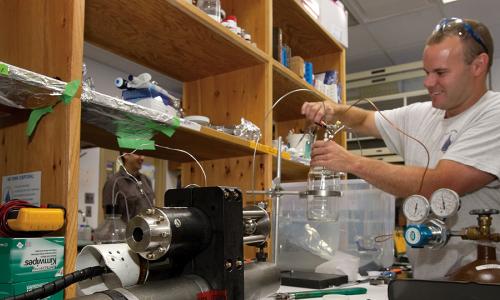
Freedom to Bully
Open records laws are increasingly being used as a weapon against researchers whose work threatens private interests.
Report

Electric Vehicles and Georgia
Learn more about the benefits of electric cars and trucks in Georgia, including their economic and environmental effects.
Report
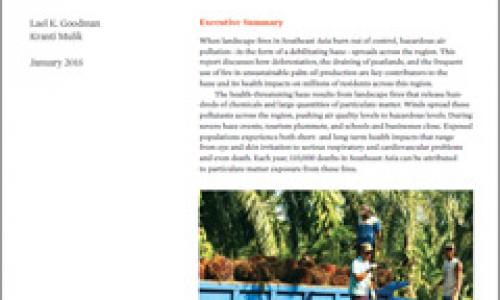
Clearing the Air
Landscape fires in Southeast Asia take a heavy toll on human health and the economy. Increasing demand for deforestation-free palm oil can help reduce the damage.
Report
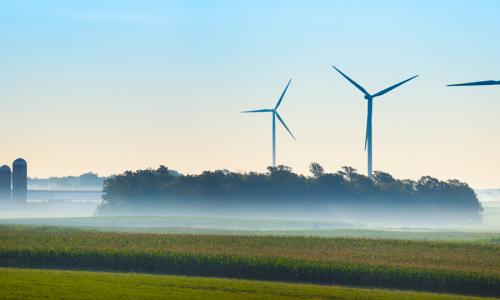
Achieving Illinois’s Clean Energy Potential
Stronger renewable energy and energy efficiency standards would drive investment, save consumers money, and reduce emissions.
Report
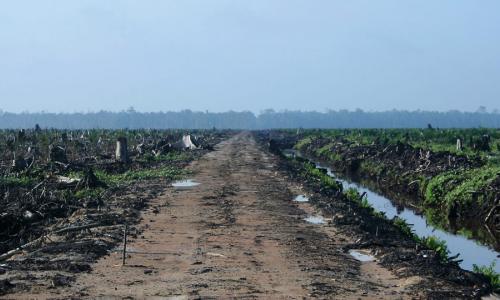
Halfway There?
Half or more of emissions reductions needed to keep global temperature rise under 2 degrees could come from land sectors of major emitting countries.
Report

Close Calls with Nuclear Weapons
Close calls have nearly led to the launch of nuclear weapons—and the risk is still there. Learn about past incidents and current issues here.
Report

Leaders Urge Taking Weapons Off Hair-Trigger Alert
A surprising number of high-level politicians and generals have called for an end to hair-trigger alert.
Report

Frequently Asked Questions about Hair-Trigger Alert
Hair-trigger alert is a risky and outdated policy with serious implications for U.S. security.
Report
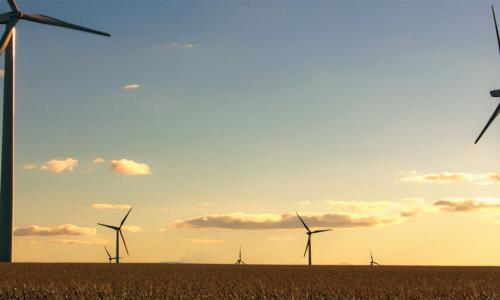
Advancing Minnesota's Clean Energy Economy
Ramping up renewable energy to 40 percent of Minnesota’s electricity by 2030 is achievable, affordable, and delivers substantial economic benefits to communities across the state.
Report

Excess Plutonium Disposition
In 2000, both the United States and Russia agreed to dispose of a significant fraction of their excess plutonium—but so far they haven’t.
Report

Progress on Nuclear Arms Control
Leaders have cut nuclear arsenals to levels not seen since the 1950s—but more remains to be done.
Report
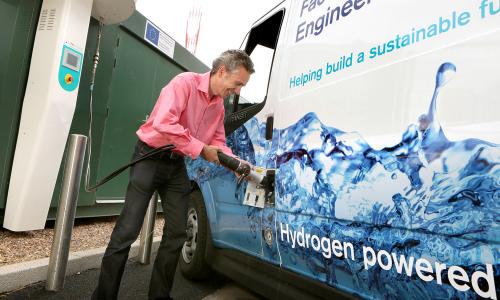
Battery Electric and Hydrogen Fuel Cell Electric Vehicles
Both battery electric and hydrogen fuel cell vehicles have a role to play in cutting U.S. oil use